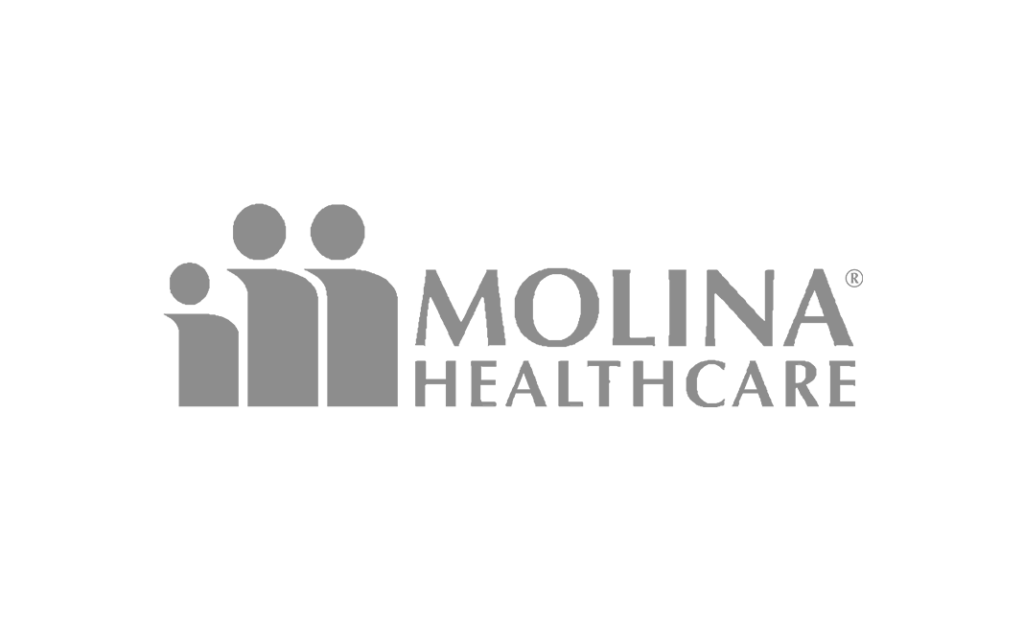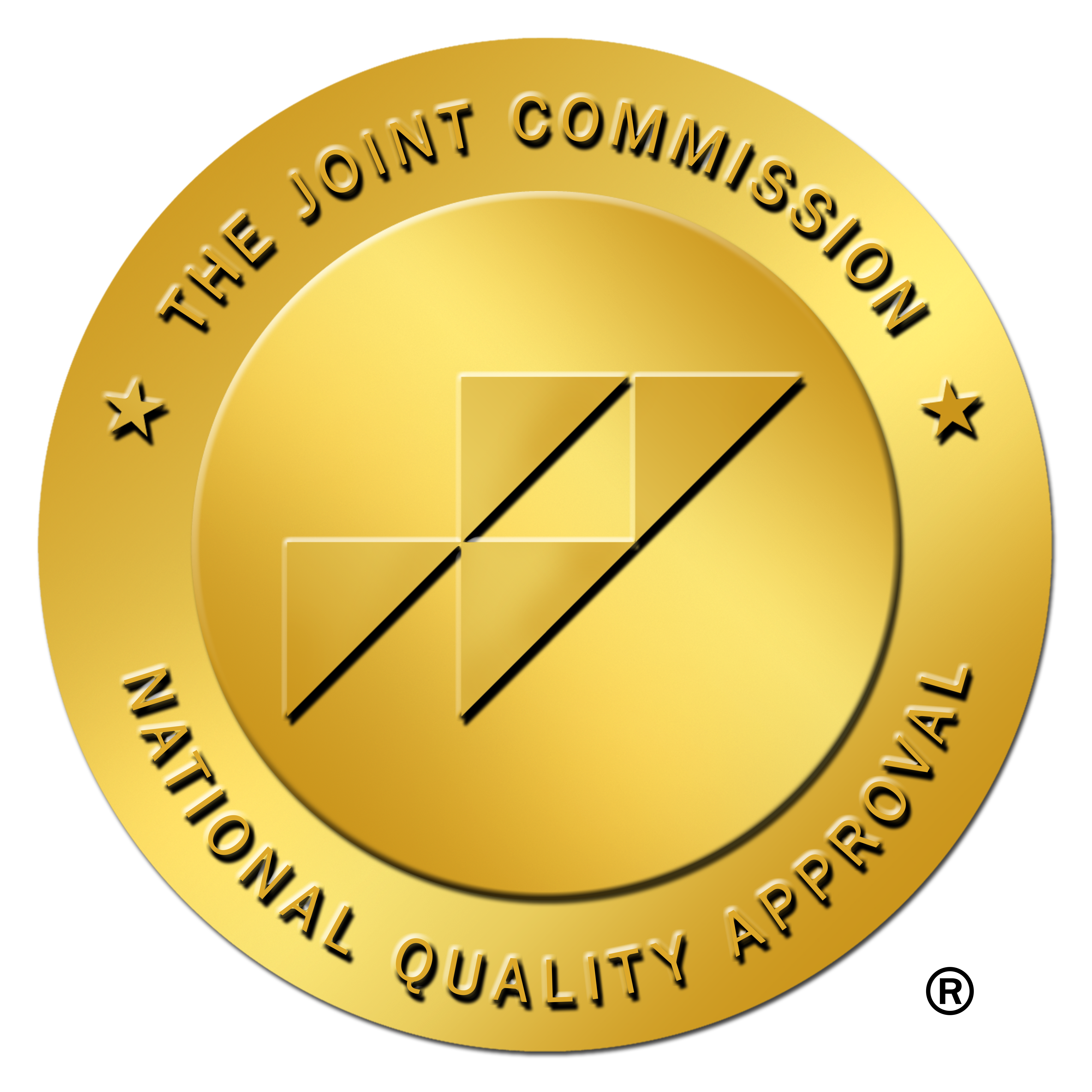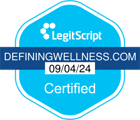Opioid use and abuse continue to be a national crisis because of the health risks and potential for overdose. Opioids include both prescription and illicit drugs that are addictive. On top of that, these drugs pose special dangers for pregnant women and their unborn babies.
Neonatal abstinence syndrome (NAS) is a threat to the fetus of a woman who uses these substances during pregnancy. NAS develops at birth due to the sudden withdrawal from drugs, including opioids, used by the mother during the prenatal period. Unfortunately, these addictive substances are able to pass through the placenta to the fetus.
According to research data published in 2016 by the Centers for Disease Control and Prevention (CDC), approximately one baby is diagnosed with NAS every 19 minutes in the U.S. In other words, nearly 80 newborns are diagnosed with the condition every day.
If you or someone dear to you is pregnant and using opioids, perhaps what you read here can help pave the way for early intervention or treatment for substance abuse. The baby may also need treatment after birth depending on the severity of drug misuse. Fortunately, NAS is a treatable condition, but it may lead to child developmental problems.
What Are Opioids?
Opioids are natural, synthetic, or semi-synthetic compounds that interact with opioid receptors in the body and brain. They include the illegal drug heroin and the following common prescription medications used to treat pain:
• Morphine
• Codeine
• Fentanyl
• Oxycodone
• Hydrocodone
An estimated 7% of women said they used prescription opioids for pain during pregnancy, according to 2019 self-reported data. In fact, 21.2% of them were misusing opioids, meaning they used medication that was not prescribed to them by a health care provider, or they used prescribed medication for reasons other than pain relief. A total of 68.1% of the women were aware of how prescription opioid use during pregnancy might affect their unborn babies when they chose to take the drugs.
Opioid medications relieve pain while creating a pleasurable sensation called euphoria. These drugs are generally safe when taken as directed by a doctor and for a short duration. However, they can lead to dependence if misused. Certain changes during pregnancy may also influence the effects of opioids on the brain and increase the risk of addiction.
Heroin Use During Pregnancy
Some of the women who abuse heroin while pregnant include those with heroin use disorder prior to pregnancy. Heroin is a highly addictive illegal drug made from morphine. The drug’s long-term side effects on the baby include the development of NAS and other problems similar to those caused by opioid painkillers. Passage of meconium or waste matter into the uterus, fetal respiratory distress, and placenta previa may also occur.
Heroin abuse may make it more likely for women to engage in risky behaviors, which increases their chances of getting into trouble with the law or of contracting sexually transmitted diseases such as HIV or hepatitis. STDs and sexually transmitted infections (STIs), such as gonorrhea, chlamydia, and herpes, can pass from the mom to the baby during pregnancy and delivery.
Some STIs can be safely treated during pregnancy. Nevertheless, they can still harm the baby prior to treatment or if left untreated. Health complications include:
• Low birth weight
• Eye infection
• Brain damage
• Pneumonia
• Blindness
• Deafness
• Infection in the baby’s blood
• Meningitis
• Stillbirth
Low birth weight is a common concern because of the potential growth and developmental effects it can have on the child. Reports from the Global Library of Women’s Medicine (GLOWM) show that about 50% of babies born to women who abuse heroin are born with lower-than-average birth weights. They may also have a higher risk of sudden infant death syndrome (SIDS).
How Long Do Opioids Remain in Your System?
Although they help soothe pain, opioid use or misuse can be risky for both mom and baby. The drugs tend to have a short half-life, meaning that they are quickly processed out of the body. In many cases, the substances will remain in the system for hours, depending on the type of drug, but they can linger for days, weeks, or months.
For example, morphine, codeine, and hydrocodone usually leave the body within 12 to 72 hours. These types of drugs may, nevertheless, show up in a hair test up to 90 days later. It takes heroin about five to seven hours to leave the body although traces of it may show up in a saliva or urine test up to seven days later. Like prescription opioids, heroin can stay in hair follicles until as long as 90 days later.
Other factors besides drug type that influence the length of time opioids take to leave the body include:
• Age
• Gender
• Frequency of use
• Drug quality
• Body mass and weight
• Metabolism rate
• Amount of water in the body
• Body fat content
• Liver and kidney health
• Pregnancy
The CDC says that the risks associated with prescription opioids are greater with pregnancy and in people with an underlying mental health disorder such as depression or anxiety.
What Are the Risks of Opioids During Pregnancy?
Opioids can cross the placenta and enter into the bloodstream of a developing baby, leading to negative birth outcomes that include NAS. Therefore, it is important to familiarize yourself with the following risks and steps to take to protect your and your baby’s health.
NAS and Neonatal Opioid Withdrawal Syndrome (NOWS)
Neonatal abstinence syndrome is a general term for the effects of prenatal drug use on the fetus. Neonatal opioid withdrawal syndrome (NOWS) is related specifically to the symptoms newborn infants experience due to exposure to opioids while in the womb. Exposure usually results in the unborn baby developing opioid dependence. Symptoms of NAS and NOWS are similar. The newborn may experience the following drug withdrawal symptoms within two to three days following birth:
• Severe irritability
• Excessive crying
• Difficulty feeding
• Rapid heartbeat
• Respiratory problems
• Fever
• Vomiting
• Diarrhea
• Weight loss
• Jitters or tremors
• Seizures
Non-medication methods are used as the first line of treatment for infants with NAS and NOWS. Methods include skin-to-skin time, swaddling, breastfeeding, and controlling stimuli in the environment. If necessary, or in severe cases, medication such as morphine or methadone may be prescribed to relieve the symptoms.
Methadone is a synthetic opioid agonist that relieves withdrawal symptoms by acting on opioid receptors in the brain. These are the same receptors that are activated by morphine, codeine, heroin, and other opioids. Methadone is given in small doses when used as a treatment for withdrawal. As such, it does not cause euphoria or dependence.
Researchers are still assessing the possible long-term effects of opioid use and NAS on the baby.
Placental Abruption
Using opioids while pregnant increases the risk of placental abruption by almost three times. Placental abruption occurs when the placenta separates from the uterus before birth. This results in the fetus not receiving enough oxygen and nutrients inside the womb. Opioid dependency during pregnancy can lead to other complications for mom and baby, including:
• Pregnancy-related high blood pressure or preeclampsia
• Preterm labor and premature birth
• Breaking of the amniotic sac before labor
• Miscarriage or stillbirth
• Cesarean delivery
• Maternal cardiac arrest
• Low birth weight or restricted growth after birth
• Sudden infant death syndrome
Preeclampsia may result in life-threatening complications for mother and baby.
Birth Defects
Studies found a link between opioid use during pregnancy and a range of birth defects. Commonly seen birth defects include:
• Congenital heart defects
• Malformation of the neural tube or defects such as spina bifida and anencephaly
• Gastroschisis, a condition where the intestines are located outside of the baby’s body
• Hydrocephaly, an abnormal buildup of fluid in the brain that can lead to brain damage
• Glaucoma, an eye disorder where the optic nerve is damaged
Cleft lip, cleft palate, and clubfoot are other possible birth defects.
Developmental Delays
Results from a 2018 study suggest that children affected by NAS are more likely to show developmental delays in early childhood compared to children without NAS. Similarly, they are also more likely to experience speech or language impairment, behavioral problems, and educational disability. A 2019 study seems to confirm pediatric development delays, particularly in children who were exposed to opioids while in the womb.
What Are the Risks of Quitting Cold Turkey During Pregnancy?
Suddenly quitting opioids, also known as quitting “cold turkey,” can be dangerous for both mother and baby. Intense and potentially life-threatening withdrawal symptoms are commonly seen in people who suddenly stop using heroin. Opioid withdrawal signs for the mother include flu-like symptoms such as fever, nausea, vomiting, or body aches. These may be accompanied by psychological withdrawal symptoms such as drug cravings, anxiety, depression, or insomnia.
The risks to the baby include preterm labor, miscarriage, or stillbirth.
Withdrawal should instead be part of a comprehensive substance abuse treatment plan. This is a safer route to take due to the dangers posed to the health and life of mother and child.
Treatment for Opioid Use During and After Pregnancy
Opioid use disorder treatment is available for women who use opioids during pregnancy. Medication-assisted treatment (MAT) or medical detox is frequently recommended as the first step to abstinence. Treatment can be safely delivered as a component of prenatal care during, before, or after delivery. Getting care early can reduce or prevent the negative birth outcomes related to NAS and NOWS.
Methadone and buprenorphine are two opioids used to facilitate withdrawal and recovery from opioid abuse. They work on the same receptors that cause euphoria and dependence. When properly administered in a clinical treatment setting, methadone and buprenorphine can reduce cravings without causing euphoria or drug dependence.
According to clinical trials, buprenorphine treatment is safe for the mother and fetus. Infants born to moms treated during pregnancy required less morphine and shorter hospital stays compared to those born to mothers who received methadone maintenance treatment. A combination of buprenorphine and naloxone proved to be equally safe for treating babies born with NAS.
Behavioral therapy and counseling are also recommended to help women cope with life challenges that may lead to drug misuse or abuse. Some women may require dual diagnosis treatment to address substance use tendencies and any underlying mental health disorder or co-occurring disorder. This includes disorders such as grief, trauma, anxiety, depression, eating disorder, bipolar disorder, and borderline personality disorder.
Other therapies that help promote long-term abstinence include:
• Psychotherapy
• Cognitive behavioral therapy (CBT)
• Dialectical behavioral therapy (DBT)
• Trauma therapy
• Experiential therapy
• Family therapy
Benefits of Treatment During or After Pregnancy
Substance abuse treatment facilities in Brandon, MS, and other cities across the U.S. provide recovery care for pregnant and new moms in various settings. It all depends on each individual case. Standard treatment programs that offer different levels of care include:
• Residential or inpatient treatment
• Intensive outpatient program (IOP)
• Partial hospitalization program (PHP)
• Outpatient program
• Aftercare monitoring program
Regardless of program type, prenatal treatment with methadone or buprenorphine may help improve infant outcomes in the following ways:
• Stabilize the levels of opioids in the baby’s body while reducing prenatal withdrawal
• Link mothers to opportunities for better prenatal care
• Reduce STD and STI transmissions from mother to child through referral for treatment
• Enhance long-term health outcomes for baby and mother
When compared to untreated pregnant women, women who received methadone or buprenorphine treatment had infants with a lower risk or lower severity of NAS and NOWS. Infant treatment time was also shorter. Additionally, preterm risks were lower, and birth weights were higher.
Defining Wellness Centers Is Here to Help
Give yourself the chance to enjoy a smoother pregnancy and delivery of a healthy baby with our help. We are committed to helping you, or your loved one, get the right treatment to help improve the outcome for both mother and baby. Our trained and certified medical staff will perform a detailed evaluation and work alongside your obstetrician to provide care in a safe and non-judgmental setting.
Our treatment programs and therapies are extensive and include evidenced-based methods such as MAT, CBT, and family therapy for addressing opioid abuse and co-occurring disorders. We also provide care during the postpartum period to increase your chance of staying off addictive substances.
Feel free to give us a call to find out more about what we offer and the admissions process.





















